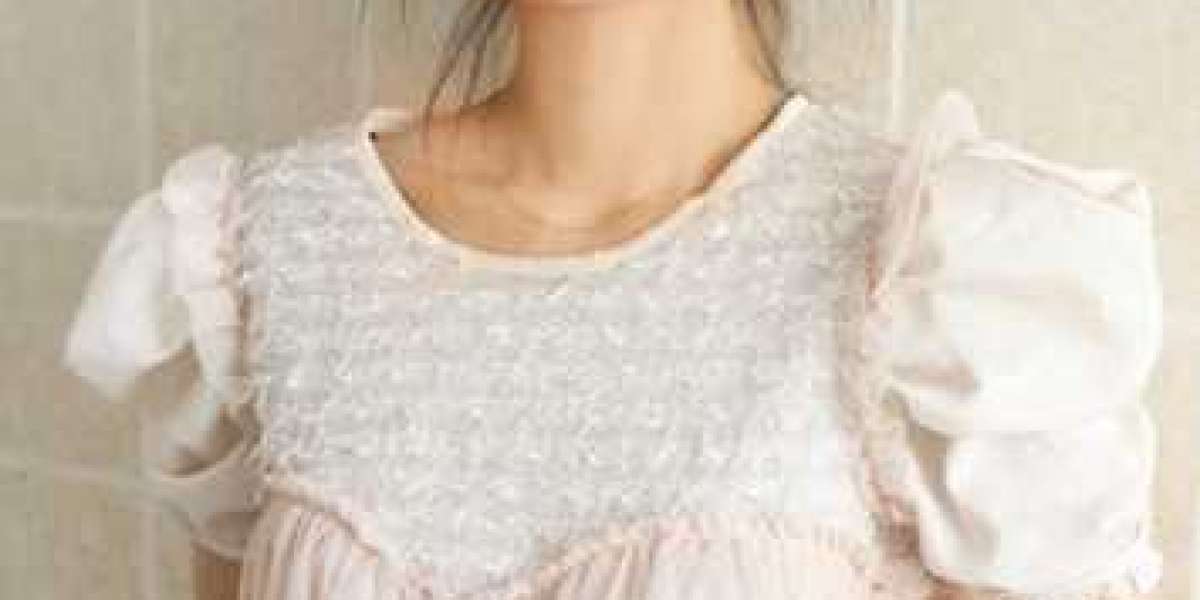Eye doctor shares graphic pictures to warn against sleeping in contacts
The last thing most people want to do is get out of bed and take out their contacts, but stomach-churning photos of an eye ulcer that developed after one person slept with soft contact lenses in might change your mind.To get more news about Green Contacts, you can visit beauon.com official website.
The pictures, which have been viewed over 30 million times, were posted to Facebook by Dr. Patrick Vollmer, an ophthalmologist at the Vita Eye Clinic in Shelby, North Carolina.Volmer explains that the patient developed a pseudomonas bacterial infection that lead to an ulcer.To get more news about Purple Contacts, you can visit beauon.com official website.
The condition described is called contact lens-related Pseudomonas keratitisis, an inflammation of the cornea. It is a medical emergency and can cause permanent blindness if not treated immediately with antibiotics.“Despite treatment, the patient is very likely to suffer some loss of vision,” Volmer said.To get more news about Red Contacts, you can visit beauon.com official website.
The Pseudomonas microbe is present everywhere, mainly in soil, plants, animals and water. It likes warm, moist environments and tends to infect people with compromised immune systems, though any healthy individual can become infected under the right circumstances.
The flesh-eating bacteria is commonly found in water, which is why doctors tell people to remove their contacts before hopping in the shower or a swimming pool.I don’t ever recommend sleeping in any brand of SOFT contact lenses. The risks outweigh the benefits every time,” Vollmer said on Facebook. “It takes seconds to remove your contacts but a potential lifetime of irreversible damage if you choose to leave them in. People need to see these images and remind themselves/family/friends to also be aware of contact lens misuse.”
Around a third of people who wear contact lenses have reported sleeping or napping in them. People who do have six to eight times the risk of developing eye infections, according to an Aug. 16 Morbidity and Mortality Weekly Report by the Centers for Disease Control and Prevention.
The design of contact lenses makes it easier for people to develop infections. Contacts need to lay directly on the eye, but this allows bacteria and viruses to easily become trapped. When people don’t take their contacts out, the germs fester. Sleeping in contacts prevents the eye from being able heal itself.“Although extended wear contact lenses are safer for continuous use overnight then they were years ago, they can still set up the eye for troublesome and even damaging infections if worn while sleeping,” said Dr. John Torres, NBC News' medical correspondent. “Manufacturers and the FDA have approved some contacts for overnight use, but many eye doctors recommend removing them before going to bed anyway to prevent any of these issues.”
“If left in overnight, it’s very important to follow the manufacturer’s direction for cleaning and disposing of the lenses carefully and to follow up with your eye doctor if you notice any pain, discharge, redness or vision changes,” Torres added.Some lenses are approved by the Food and Drug Administration for overnight wear, but even those are associated with an increased risk for infection when worn overnight. These overnight-wear lenses are considered class 3 medical devices, those that have the greatest risk of harm.
Pseudomonas infections are rare and may not represent the typical infections most eye doctors see. Emergency eye infections occur in 1 in every 500 contact lens users. For context, an estimated 45 million Americans wear contact lenses according to the CDC.It is unknown if the patient referred to in the Facebook post was susceptible to infections or had other underlying health conditions that could have made them more likely to develop the extreme condition.














